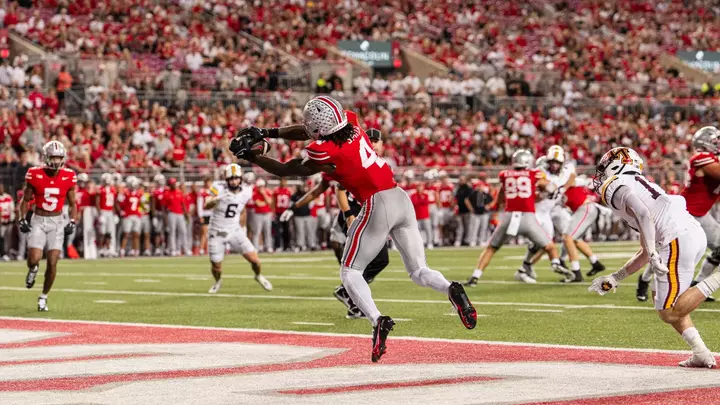Football is one of the most physically demanding sports, and with high intensity comes a high risk of injury. Orthopedic injuries are especially common due to frequent collisions, sudden directional changes, and repetitive stress. In this article, we’ll review the top 5 most common orthopedic football injuries, their causes, symptoms, and the range of treatment options — from conservative care to surgical management.

A tear of the ACL, a major stabilizing ligament in the knee, often occurs from sudden pivoting, twisting, or direct contact.
Damage to the cartilage (meniscus) that cushions the knee joint, often from twisting while the foot is planted.
Forceful impact can dislocate the shoulder joint, often damaging the labrum (cartilage rim that stabilizes the socket).
A tear of the hamstring muscles from sprinting, explosive acceleration, or sudden overstretching.
Stretching or tearing of ankle ligaments, often from rolling the ankle during cutting or landing.
Football players face a high risk of orthopedic injuries, but with prompt diagnosis and appropriate treatment, recovery and return to sport is possible. From conservative care like physical therapy to surgical reconstruction for severe injuries, treatment is tailored to the injury type and athlete’s needs. Preventive strategies remain key to reducing risk.
Football is one of the most physically demanding sports, and with high intensity comes a high risk of injury. Orthopedic injuries are especially common due to frequent collisions, sudden directional changes, and repetitive stress. In this article, we’ll review the top 5 most common orthopedic football injuries, their causes, symptoms, and the range of treatment options — from conservative care to surgical management.
Football is one of the most physically demanding sports, and with high intensity comes a high risk of injury. Orthopedic injuries are especially common due to frequent collisions, sudden directional changes, and repetitive stress. In this article, we’ll review the top 5 most common orthopedic football injuries, their causes, symptoms, and the range of treatment options — from conservative care to surgical management.

A tear of the ACL, a major stabilizing ligament in the knee, often occurs from sudden pivoting, twisting, or direct contact.
Damage to the cartilage (meniscus) that cushions the knee joint, often from twisting while the foot is planted.
Forceful impact can dislocate the shoulder joint, often damaging the labrum (cartilage rim that stabilizes the socket).
A tear of the hamstring muscles from sprinting, explosive acceleration, or sudden overstretching.
Stretching or tearing of ankle ligaments, often from rolling the ankle during cutting or landing.
Football players face a high risk of orthopedic injuries, but with prompt diagnosis and appropriate treatment, recovery and return to sport is possible. From conservative care like physical therapy to surgical reconstruction for severe injuries, treatment is tailored to the injury type and athlete’s needs. Preventive strategies remain key to reducing risk.